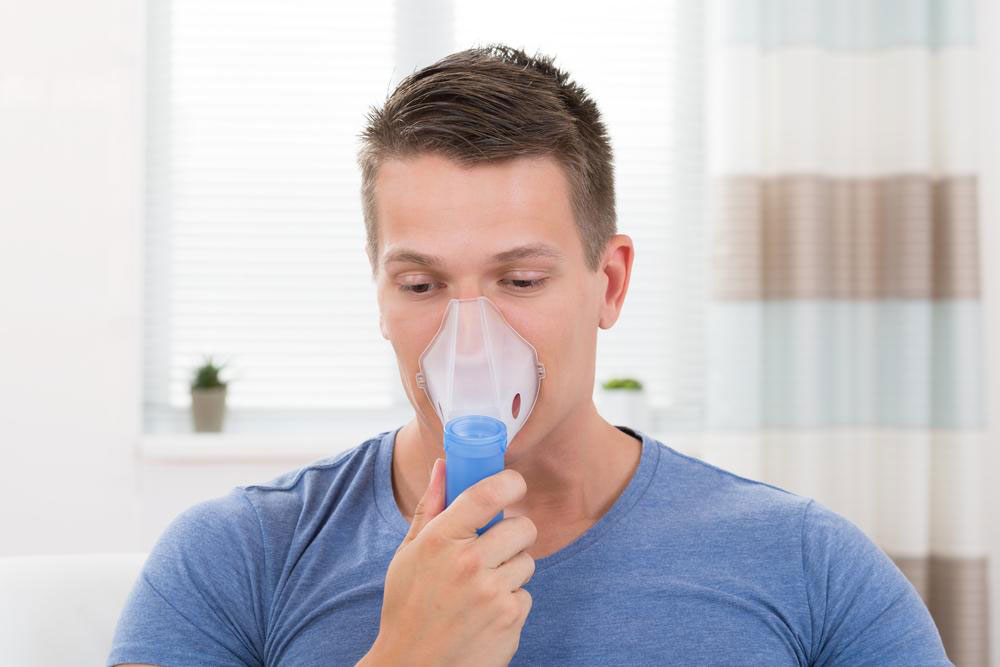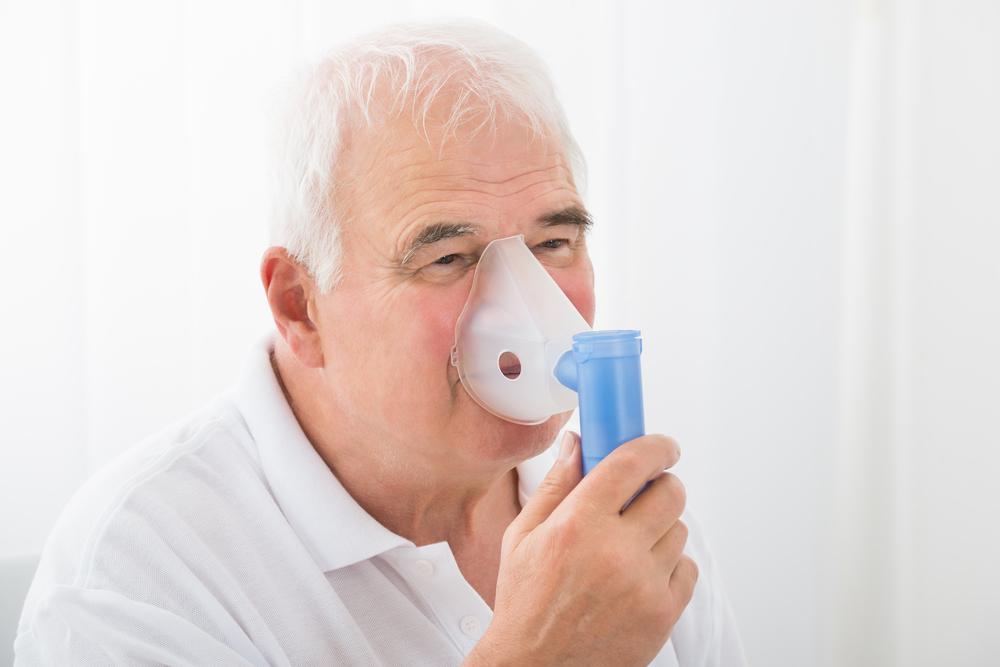Inhaler Options for Effective COPD Symptom Management: An In-Depth Guide
This comprehensive guide explores the various inhaler devices available for COPD management, including MDIs, DPIs, and SMIs. It emphasizes the importance of proper usage, medication options, and device selection for effective symptom relief and improved quality of life. Perfect for patients and healthcare providers, this article provides detailed insights into optimizing inhaler therapy for COPD care.

Comprehensive Overview of Inhaler Types for Managing COPD Symptoms
Chronic Obstructive Pulmonary Disease (COPD) is a progressive lung disease characterized by airflow limitation that makes breathing difficult. It includes various conditions such as emphysema, chronic bronchitis, and sometimes asthma, all of which share a common feature — impaired airflow that leads to persistent respiratory symptoms. Proper management of COPD is crucial to improve quality of life, reduce symptom severity, and prevent exacerbations. One of the fundamental aspects of COPD treatment involves using inhaler devices that deliver medications directly into the lungs, providing rapid relief and symptom control.
Inhalers have revolutionized respiratory disease management by offering targeted therapy that minimizes systemic side effects often associated with oral medications. These devices deliver medications such as inhaled corticosteroids (ICS), bronchodilators, or a combination of both. The effectiveness of inhaler therapy largely depends on using the right device correctly, understanding the type of inhaler suitable for your condition, and adhering to prescribed treatment regimens.
Major Types of Inhalers for COPD Management
There are primarily three categories of inhalers used in the treatment of COPD. Each type has specific features, benefits, and proper usage techniques. Understanding these differences can help patients and healthcare providers select the most appropriate device to ensure optimal medication delivery and symptom control.
Metered-Dose Inhalers (MDIs)
Dry Powder Inhalers (DPIs)
Soft Mist Inhalers (SMIs)
Metered-Dose Inhalers (MDIs)
Metered-Dose Inhalers are among the most common inhaler devices used for respiratory conditions like COPD. They consist of a pressurized canister containing medication, attached to a mouthpiece. When activated, they release a specific dose of medication in the form of an aerosol, which is inhaled into the lungs.
Using an MDI requires coordination between pressing the canister and inhaling the medication, which can be challenging for some users. To enhance medication delivery, especially for people who have difficulty timing their inhalation, clinicians often recommend the use of a spacer — an attachment that holds the medication momentarily, facilitating easier inhalation and reducing oropharyngeal deposition.
Medications administered via MDIs include a wide array of drugs:
Inhaled corticosteroids (ICS): Beclomethasone, Ciclesonide, Fluticasone — used to reduce airway inflammation and prevent exacerbations.
Bronchodilators: Short-acting beta-agonists (SABAs) such as Albuterol and Levalbuterol provide quick relief from sudden symptoms.
Combination inhalers: Devices like Symbicort, Advair, and Dulera combine ICS with long-acting beta-agonists (LABAs), offering comprehensive symptom control in a single device.
Dry Powder Inhalers (DPIs)
Dry powder inhalers are breath-activated devices that deliver medication as a fine powder directly to the lungs. Unlike MDIs, DPIs do not require a propellant and depend on the patient's deep inhalation to disperse the medication effectively. The simplicity of operation makes DPIs particularly convenient for many users, especially those with limited coordination skills.
The medications compatible with DPIs include:
Inhaled corticosteroids: Pulmicort Flexhaler, Fluticasone, Asmanex Twisthaler — essential for controlling inflammation in COPD.
Bronchodilators: ProAir RespiClick, Serevent Diskus, Spiriva HandiHaler — used for bronchodilation and symptom relief.
Combination steroids: Breo Ellipta and Advair Diskus, which combine corticosteroids with long-acting bronchodilators.
Soft Mist Inhalers (SMIs)
Soft Mist Inhalers represent a newer technology in inhaler design. They produce a slow-moving, fine mist that allows more medication to reach the deep lungs than traditional inhalers. Unlike MDIs and DPIs, SMIs do not require propellants or specific inhalation techniques, making them user-friendly and effective for many COPD patients.
The medications typically administered through SMIs include:
Bronchodilators: Spiriva Respimat and Striverdi Respimat — used for long-term maintenance therapy.
Combination inhalers: Sciolto Respimat combines tiotropium (a muscarinic antagonist) with olodaterol (a LABA), providing dual-action therapy in one device.
Optimizing Inhaler Use for Better COPD Management
Proper inhaler technique is critical to maximizing medication efficacy. Incorrect usage can lead to poor disease control, increased symptoms, and exacerbations. Healthcare providers often teach patients correct inhaler techniques during consultations, emphasizing slow, deep inhalations, adequate breath-hold after inhalation, and regular device cleaning.
Adhering to prescribed inhaler therapy, including scheduled use and proper device handling, can significantly improve breathing, reduce hospital visits, and enhance overall quality of life for COPD patients.
Choosing the Right Inhaler Device
The selection of an inhaler device should be personalized based on several factors, including the patient's age, manual dexterity, coordination ability, preference, and cost considerations. Combining patient education with ongoing follow-up ensures proper technique and adherence, leading to better health outcomes.
In conclusion, understanding the different types of inhalers—MDIs, DPIs, and SMIs—and their proper use is essential in the effective management of COPD. Regular consultation with healthcare providers can help maintain optimal inhaler technique, medication regimen, and disease control.





